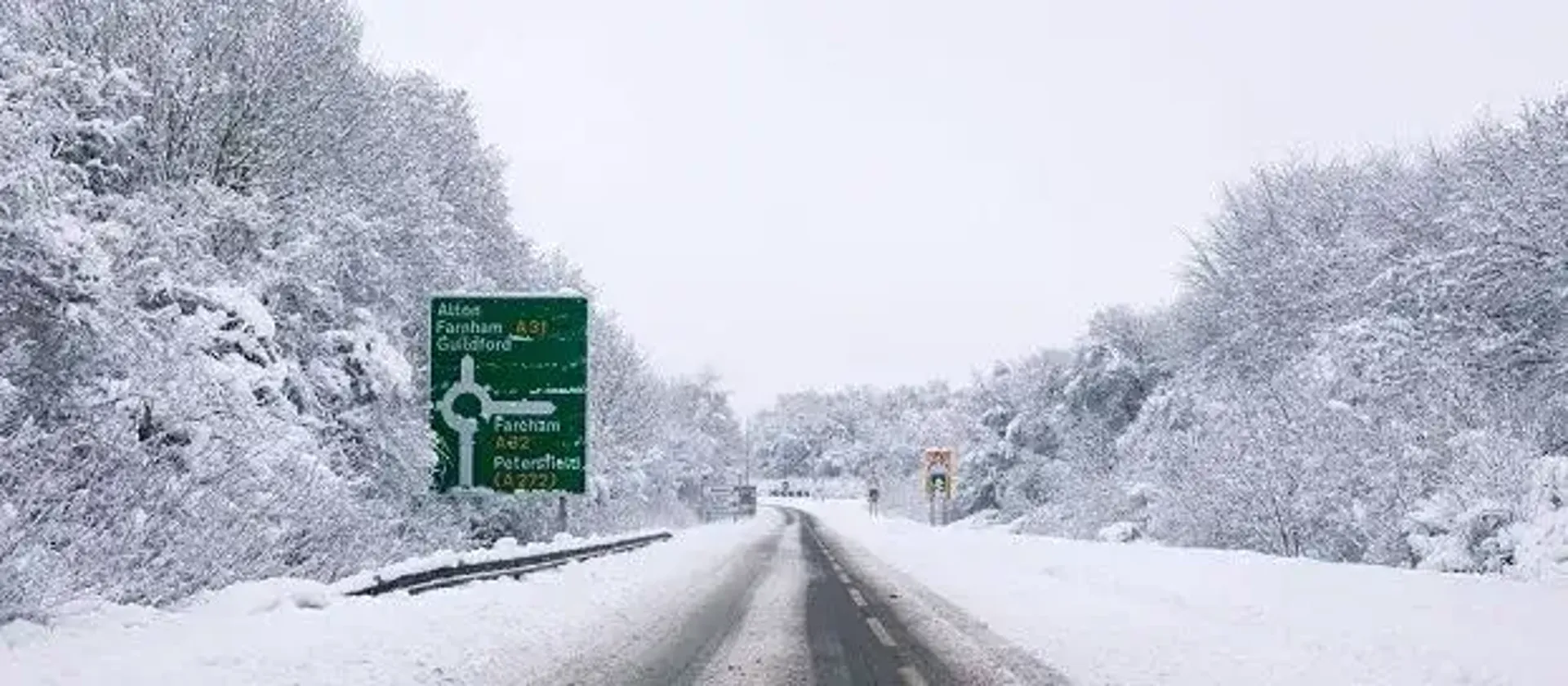
23/11/2017
What happens to your car’s components in the cold? We take a look at the main issues.
How your fleet cars feel the cold
A number of problems can occur when the temperature drops. Tyres, in particular, are vulnerable. The rubber compound will harden when temperatures drop below 7C, causing them to lose grip. However, winter tyres are designed with different compounds that will stay soft and stick to the road, even in sub-zero temperatures.
A drop in temperature may also cause your tyres to deflate quickly and lose pressure. Check their pressure when the weather starts to get chilly. Most tyres lose 1 pound per square inch (psi) for every 10F of temperature drop. Under-inflated tyres do not perform well and are subject to damage or failure especially in snow and icy conditions.
Another issue you may encounter is that engine fluid can thicken in the cold weather. It becomes sluggish and moves slower – making it harder for the engine to turn over on the first start of the day. This is exacerbated by the fact that battery output drops when it gets seriously cold. It may also decline gradually with age, so an older battery that’s fine in warm weather might fail in the cold.
So what can you do? Consider using thinner oil grades, an engine block heater or try a battery blanket.
It’s also worth noting that interior heaters will delay engine warm-up – especially in the first 20 minutes or so after a cold start-up. And with repeated short trips your vehicle may never heat up sufficiently to burn off water vapour. This may cause dipstick sludge and your exhaust system may rust prematurely.
On the other hand, longer trips are much easier on your vehicle, as all fluids and systems will have warmed to operating temperature and will be working at their optimum.
In the winter, you may notice that your overall fuel consumption will be higher than summer. What’s more, windshields will be more vulnerable to damage. Never use hot water to clear a frosted windshield, as it could crack. Alcohol sprays are far safer and can also be added to washer fluid. Blasting mega-hot air from your car defroster can also crack a frozen windshield.
Your engine block will be more vulnerable to cracking due to frozen coolant. So make sure you use the correct coolant type and mix when topping up. Don’t add plain water alone, as it will dilute the mixture and offer less protection. Also don’t mix regular (green, two-year) antifreeze with long-life (yellow or reddish, five-year) coolant.
What do you think? Join in the discussion on LinkedIn and Twitter.


